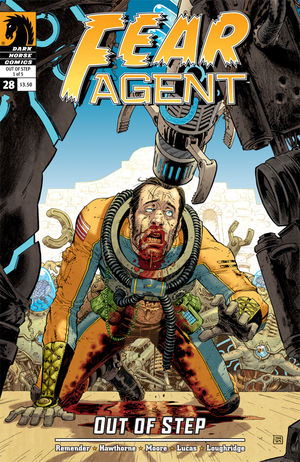 by Ryan Claytor with Dr. Harry Polkinhorn
by Ryan Claytor with Dr. Harry PolkinhornRyan Claytor is currently undertaking a lengthy tour of some 25 places across the Eastern US and Canada, and today made an appearance at my favourite comic store.
Claytor creates these lovely little mini-comics around the concept of autobiography. Originally, he was telling stories about himself, but the project changed as it progressed, and as he became more interested in literary theory and how it applies to autobiography.
This comic is the second of three that basically just recount a conversation between himself and Dr. Polkinhorn, who it is safe to assume is a professor of literature (although I'm not sure where). It is unfortunate that this issue picks up partway through the conversation, as I felt I was missing some context to what these two are talking about, but I quickly found myself interested in their discussion. Much of what they talk about is pretty academic, but is also kept interesting by the decision that Claytor made to include whatever conversational ticks, asides, and lulls the conversation endured. I also like that it is set on the patio of a fast-food restaurant.
This is an interesting comic. The fact that the entire thing consists of two people talking (and, at one point, walking) makes it a graphic update of the classical Socratic dialogue approach, which I think is pretty cool. The production values on this book are high, with nice thick cover stock and a gilded quality to the cover's background. I noticed that all of the books he had on offer were very well made. Claytor's approach to comics is interesting, and worth checking out.






















